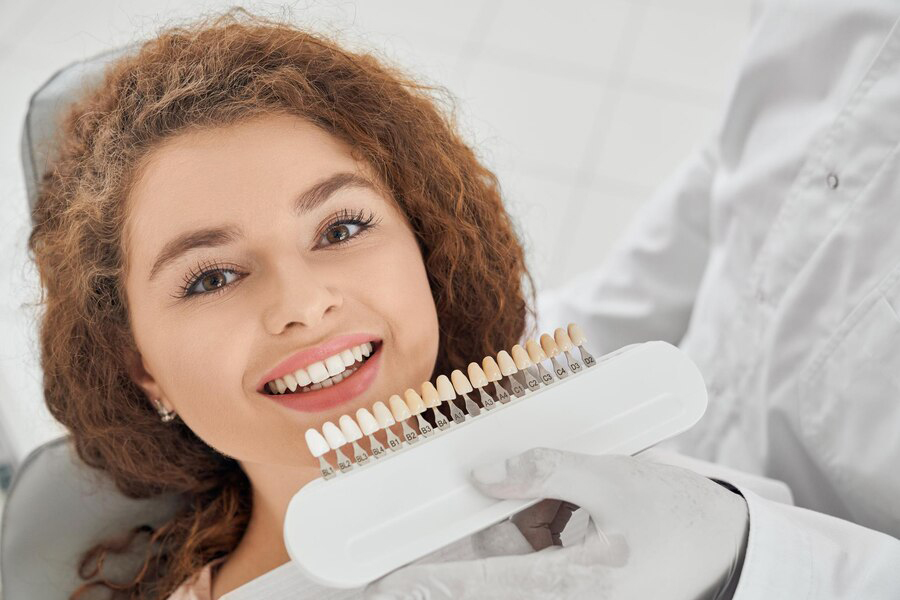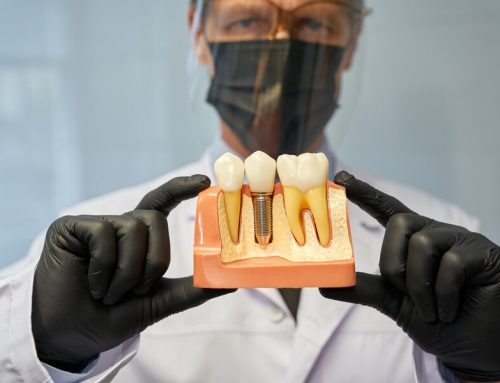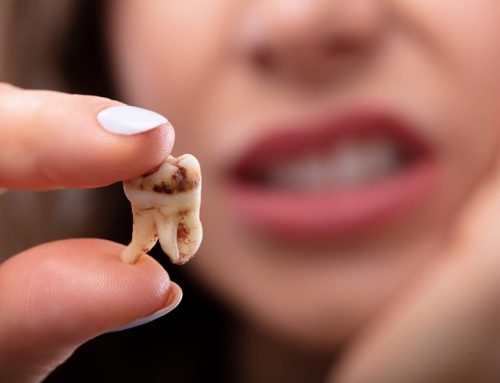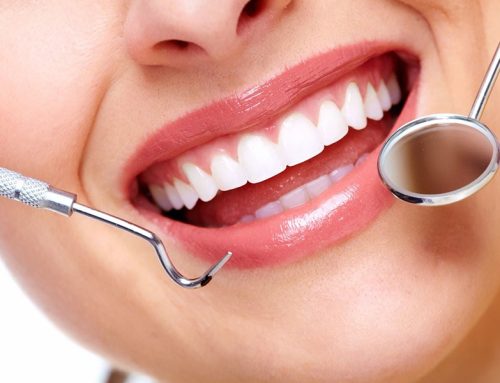Yellowing of teeth is a common issue that many people face. This problem affects the appearance of individuals and can lead to decreased self-confidence and social issues. Throughout history, teeth have been considered a sign of health and beauty in various cultures. Therefore, tooth discoloration is recognized as a serious problem in most modern societies. However, with advancements in dental science and new technologies, there are various methods available to whiten teeth and achieve a bright, beautiful smile.
In this article, we will explore the causes of tooth discoloration and examine effective whitening methods. Stay with us.
What Causes Yellow Teeth?
Yellowing teeth are a common oral health issue influenced by various factors. Below, we’ll examine these causes. One or a combination of the following factors can lead to tooth discoloration.
1. Tartar Buildup
Dental tartar refers to the accumulation of microbial plaque and mineral deposits on teeth. If not cleaned promptly, it hardens and causes discoloration. Tartar forms due to leftover food and bacteria, taking on a yellowish color. To prevent this, maintaining oral hygiene—including regular brushing and flossing—is essential.
2. Diet and Consumption of Staining Foods
Diet plays a major role in dental health. Consuming deeply colored foods and beverages like coffee, tea, saffron, and berries can stain teeth. These foods contain pigments that easily adhere to tooth enamel. To minimize yellowing, reduce intake of such foods and rinse your mouth after consuming them.
3. Certain Beverages and Tooth Discoloration
Drinks like coffee, dark tea, carbonated sodas, and juices (such as pomegranate and apple) can negatively impact teeth. These beverages contain strong pigments or acids that erode enamel and cause yellowing. It’s best to rinse your mouth with water after consuming them.
4. Thinning Tooth Enamel
Tooth enamel, the outer protective layer, can wear down over time, making teeth more prone to discoloration. Factors like frequent consumption of acidic foods, teeth grinding (bruxism), and poor oral hygiene contribute to enamel erosion. Thinning enamel exposes the yellowish dentin underneath. Protecting enamel through proper care and limiting acidic foods is crucial.
5. Dental Trauma
Injuries from sports accidents or other impacts can lead to tooth discoloration. Trauma may damage enamel and underlying tooth structures, altering their color. If a tooth is injured, consult a dentist for evaluation and treatment.
6. Teeth Grinding (Bruxism) and Yellowing
Bruxism—clenching or grinding teeth—can wear down enamel, leading to yellowing. Often linked to stress, this condition can be managed with a nightguard to prevent further damage.
7. Aging
Aging naturally affects tooth color. Over time, enamel thins, making the yellow dentin more visible. Additionally, natural wear and tear can alter teeth’s appearance.
8. Genetics and Tooth Discoloration
Hereditary factors can influence tooth color. Some people naturally have darker or yellower teeth due to genetic differences in enamel and dentin structure. In such cases, discoloration may be unavoidable.
9. Certain Medications (e.g., Antibiotics)
Some medications, particularly antibiotics like tetracycline and doxycycline, can cause tooth discoloration, especially if taken during tooth development in childhood. Always use medications under medical supervision and consult a dentist if needed.
10. Excessive Fluoride Intake
While fluoride strengthens enamel, overconsumption can lead to dental fluorosis, causing yellow or brown stains. This condition arises from excessive fluoride exposure during tooth development.
11. Smoking and Yellow Teeth
Smoking is a major cause of tooth discoloration. Nicotine stains teeth, and over time, the yellowing becomes more noticeable. Quitting smoking and seeking whitening treatments can help restore dental aesthetics.
12. Orthodontic Treatments
Braces and other orthodontic treatments can cause discoloration if oral hygiene is neglected. Food particles and plaque may accumulate around brackets, leading to stains. Maintaining thorough dental care during orthodontic treatment is key to preventing yellowing.
How Can We Whiten Yellow Teeth?
Now that we understand the causes of tooth discoloration, let’s explore whitening methods, including home remedies and professional dental treatments.
Professional Teeth Whitening Methods
1. Scaling and Polishing
Scaling removes hardened tartar, while polishing smooths and brightens teeth. This basic yet effective method improves tooth appearance but may not address intrinsic stains.
2. Teeth Whitening (Bleaching)
Bleaching uses specialized agents to penetrate tooth structure, lightening stains by several shades. It’s a highly effective clinical treatment.
3. Composite Veneers
Composite veneers involve applying a tooth-colored resin layer to mask discoloration and correct minor imperfections like gaps or chips. This minimally invasive option provides quick results.
4. Dental Laminates (Porcelain Veneers)
Porcelain laminates are thin shells bonded to teeth to enhance color, shape, and alignment. They offer a natural, durable solution for severe discoloration or cosmetic concerns.
Home Remedies for Teeth Whitening
While less potent than professional treatments, these natural methods can help reduce mild stains (use them in moderation to avoid enamel damage).
-
Apple Cider Vinegar & Baking Soda
-
Mix 2 tbsp vinegar + 1 tsp baking soda, apply for 2 minutes, then rinse.
-
Caution: Overuse may erode enamel due to acidity.
-
-
Activated Charcoal
-
Brush with charcoal powder for 2 minutes, 1–2 times weekly.
-
-
Whitening Toothpaste
-
Use formulas with mild abrasives or hydrogen peroxide for surface stain removal.
-
-
Saltwater + Lemon Rinse
-
Dissolve sea salt in warm water, add lemon juice (antibacterial), and rinse.
-
-
Baking Soda Paste
-
Brush with baking soda for 1–2 minutes to gently scrub stains.
-
-
Turmeric Paste
-
Mix turmeric with coconut oil (1:2), brush for 3–5 minutes.
-
-
Banana Peel
-
Rub the inner peel on teeth for 2 minutes; rich in potassium/magnesium.
-
-
Hydrogen Peroxide (Diluted)
-
Use as a mouthwash (1.5–3% solution) to bleach stains.
-
Final Thoughts
Yellow teeth can significantly impact appearance and confidence. Causes range from plaque and diet to genetics and smoking. Fortunately, multiple whitening options—from home care to professional treatments—can restore a brighter smile.
If you seek whiter teeth, consider the methods outlined here. For persistent discoloration, consult a dentist to determine the best approach for your dental health.
Note: Overusing home remedies may harm enamel. Always prioritize gentle care and professional advice.







Leave A Comment